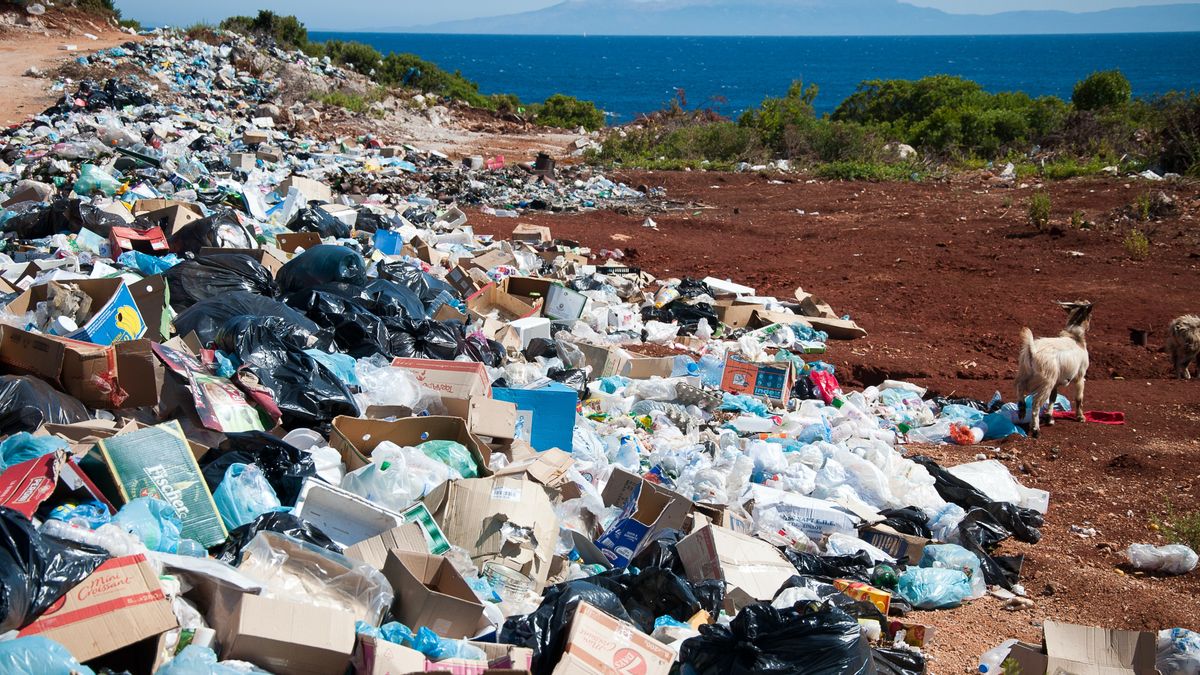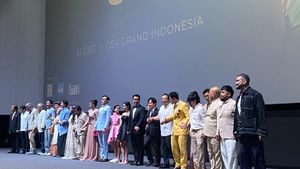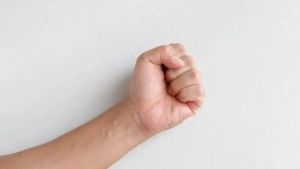YOGYAKARTA Public awareness to process various types of plastic waste must be owned. The reason is, if this is not done it will pollute the environment. It even has the potential to interfere with the survival of animals and even plants.
Plastic waste does not only pollute the soil, but also the sea. While the handling of plastic waste must be carried out according to its type. Therefore, the public is expected to know the type of plastic waste, which is as follows.
Polyethylene plastic terephthalate is a type of plastic that is so common in use that it is easy to find in various products. The nature of PETE plastic is light, strong, and usually transparent. This type of plastic is often used in disposable products or packaging.
Examples of PETE plastic such as mineral water bottles, food jars, polyester ropes, and clothes. How to clean PETE plastic waste is usually recycled into bags or carpets.
High density polyethylene plastic is also very common in a variety of products. In the market, there are three types of HDPE plastic, namely High-Density, Low-Density, and Linear Low-Density. This type of plastic is strong, resistant to moist temperatures, and is resistant to chemicals. However, this type of plastic is able to harm the fetus because it causes estrogen chemicals.
Examples of HDPE plastic such as pipes, milky drink bottles, floor cleaning bottles, and so on. This type of plastic is usually recycled into pipes and ropes.
Plastic type polyvinyl chromide or commonly known as PVC or V is hard and rigid plastic. This type of plastic is resistant to chemicals that are very difficult to decompose. In addition, PVC is also unable to deliver electricity so that it is often used as an electric pipe.
Examples of PVS plastic include bags, window frames, chairs, to automotive components. This type of plastic is usually recycled for high-tech component materials such as cables, medical devices, and so on.
LDPE plastic is an HDPE version of plastic but it is clearer, more flexible, even more subtle. In general, LDPE has a food grade standard which means it is safe to relate to food or drink.
LDPE is also very easy to recycle as well as suitable for food packaging because it is strong but flexible.
Examples of LDPE products such as garbage bags, cake bags, milk cartons, or bottled glasses. How to recycle LDPE plastic is usually converted into a frame or plastic trash can.
Polypropylene plastic is one type of plastic that is heat resistant to other types of plastic. This type of plastic is suitable for objects that intersect with hot temperatures.
Examples of PP plastic products are straws, bottle caps, and hot food containers. The handling of plastic PP is usually recycled for new products. But it should be remembered that this type is very difficult to decompose, so it is advisable to avoid it.
polystyrene plastic is often referred to as styrofoam. This plastic is rigid and commonly used in the packaging and construction industry. But it should be remembered that PS plastic is considered dangerous because it is able to release styrene (neurotokcin), a poison that is easily absorbed by food and has the potential to be swallowed by humans.
An example of PS plastic products is Styrofoam packaging fast food or frozen food. PS plastic has low recycling rates. There are several countries that prohibit the use of PS for food packaging because it is able to produce carcinogens that cause cancer when meeting hot temperatures.
Other plastics are plastics that fall into the category covering all other types of plastic that are not included in the six categories above. Or it could also be called a combination plastic of some materials.
Examples of plastic O products such as glasses, baby bottles, atay electronic coating. This type of plastic is very dangerous for food and drinks because it can damage body organs and interfere with hormin.
Those are some types of plastic waste as well as examples and how to processing them. To get other interesting information, visit VOI.ID.
The English, Chinese, Japanese, Arabic, and French versions are automatically generated by the AI. So there may still be inaccuracies in translating, please always see Indonesian as our main language. (system supported by DigitalSiber.id)













